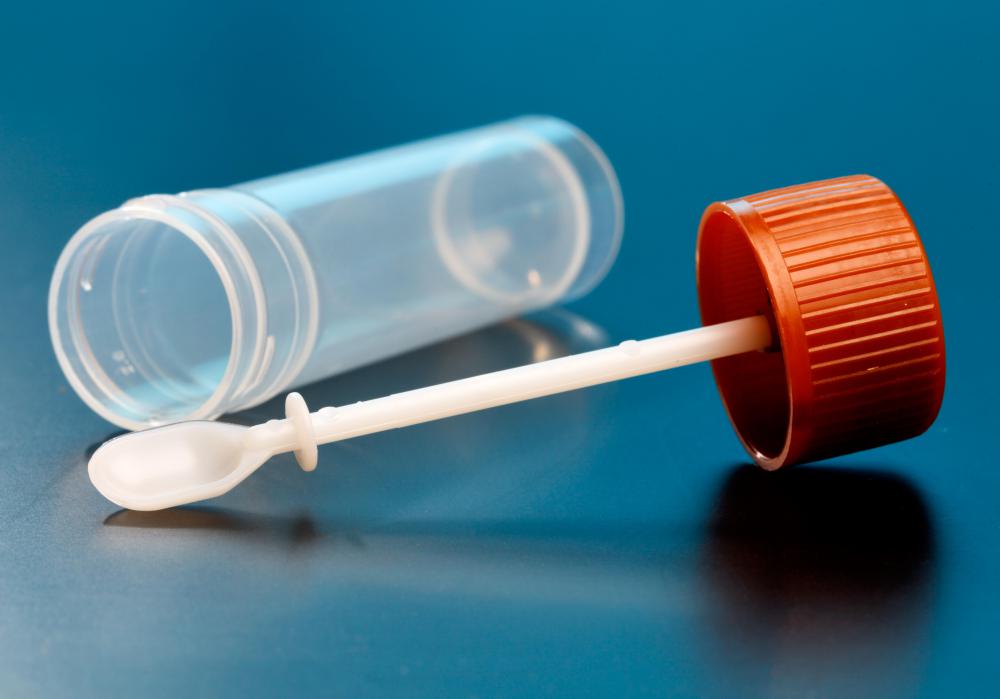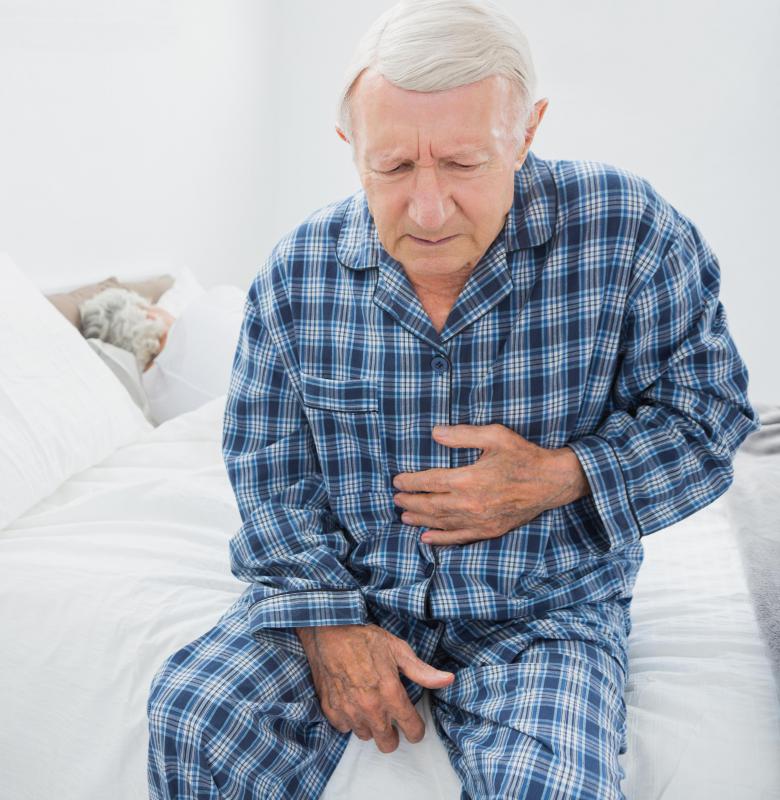At TheHealthBoard, we're committed to delivering accurate, trustworthy information. Our expert-authored content is rigorously fact-checked and sourced from credible authorities. Discover how we uphold the highest standards in providing you with reliable knowledge.
What is Entamoeba Histolytica?
Entamoeba histolytica is a single-celled parasite that can potentially cause serious digestive tract infections in humans. It is found worldwide in soil and water, and it is especially prevalent in highly populated, poor, unsanitary regions. Most healthy adults have strong enough immune systems to fight off Entamoeba histolytica infections, but a very young, old, or sick person can suffer major symptoms. Treatment in the form of oral or intravenous antibiotics is usually effective at killing the pathogen in about two weeks.
An individual can contract Entamoeba histolytica by drinking contaminated water, eating fresh vegetables grown in contaminated soil, or coming into direct contact with feces from another infected person. In most cases, the immune system is able to kill new parasites before they mature and start causing problems. If the immune system is too weak, Entamoeba histolytica thrives in the stomach and intestines, embedding in the walls and replicating quickly.

Symptoms typically arise in two to four weeks after the initial infection. The first signs may include diarrhea, nausea, fatigue, and stomach cramps. Left untreated, an infection can bring about severe abdominal pains, fever, vomiting, and painful, bloody diarrhea. There is also a risk of the parasite escaping the digestive tract and entering the bloodstream, where it can travel to the liver and other organs and create painful cysts. Severe Entamoeba histolytica infections may result in life-threatening bleeding, breathing, and heart complications.

A person who experiences digestive symptoms that do not go away within a few days should visit a doctor to get an accurate diagnosis. After reviewing symptoms and asking about living conditions, a physician typically requests a stool sample that can be analyzed in a laboratory. Lab tests that are positive for Entamoeba histolytica may prompt the doctor to perform additional tests to determine the extent of infection, such as screening blood and taking imaging scans of internal organs.

In the case of a relatively minor infection, a patient is usually prescribed an oral antibiotic and instructed to get plenty of rest and fluids. Iodoquinol and paromomycin are commonly given over the course of at least two weeks. If major symptoms exist, a patient may need to be hospitalized and given intravenous drugs and fluids for at least a week. Surgery is only necessary if the parasite has caused permanent damage to the colon, liver, or another organ. With early, accurate medical care, even severe infections can usually be cured.
AS FEATURED ON:
AS FEATURED ON:
















Discussion Comments
My church went on a mission trip to an underdeveloped country. It was pretty unsanitary there, so I’m sure the soil and water were contaminated with many things.
One teenager in the group had a compromised immune system. Three weeks after returning home, she began to get really sick. At first, she thought she had a stomach virus. When her diarrhea became bloody, she went to a doctor.
The doctor told her she was dehydrated and needed to be hospitalized. At that point, she was barely strong enough to walk into his office. She told him about the trip, and he put her on strong antibiotics to get rid of the parasite.
Post your comments